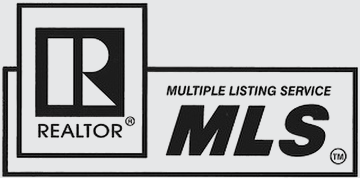When you’re trying to sell your home or purchase a new one, termites are the last thing you want to deal with.
That’s why we highly recommend hiring a professional home inspector before buying a new home or placing one on the market.
However, what with the myriad costs involved in buying and selling houses, you may have to perform a home inspection yourself.
If that’s the case, here are some ways in which you can identify termites before making, or accepting, an offer.
What do Termites Look Like?
Most people have a vague idea of what termites look like but tend to confuse them with their cousins, flying ants. There are a number of ways to differentiate termites from ants, however. Firstly, look at the wings. Both ants and termites can have wings, but on termites, both pairs of wings are the same size. In flying ants, the front wings are much longer than the back wings. Another difference is in the “waist” of the insect, or the midsection between the thorax and abdomen. The “waist” of the ant is noticeably smaller and joins the separate segments of the insect’s body. Termites, on the other hand, will have no apparent waist. Finally, look at the insect’s antennae. Termite antennae are perfectly straight, while the antennae of ants are prominently bent.
How to Spot Termite Damage
There are two different types of termites that can seriously damage a home: drywood termites, and subterranean termites. Drywood termites usually cause less damage, as they work more slowly and have smaller colony sizes. They can be identified by the small, firm pellets of waste they leave behind, as well as their red bodies and black wings. Look for drywood termite damage near the roof and wherever there is exposed wood.
Subterranean termites are more problematic, as they live in large colonies. Damage from subterranean termites usually appears in a honeycomb-like pattern, with tunnels woven throughout the soft inside wood. It can be difficult to discover subterranean termite damage because the external wood grain will usually be unbroken. Wood damaged by this type of termite will break easily, revealing hollowed-out insides that are filled with mud or soil. Subterranean termites have a black body and white wings. They usually work from the ground level up, often entering a home through a crawlspace or sub-structure.
How To Get Rid of Termites
Checking for termites is an essential part of the home inspection process, both for the interior and exterior parts of your home. Taking care of these pests as soon as possible will prevent further damage and offer both buyer and seller peace of mind. If you have not purchased the potential home yet, you can either ask the seller to fix it before you move in or deduct the cost of the repairs from the final price. A real estate agent will be able to help you decide on the best option for you.
The most effective treatment for termites is liquid pesticides used in combination with a termite bait system. Make sure that you identify the specific type of termite that is causing the damage because different chemicals and follow-up inspections are required for each. Most professional termite exterminators will provide a guarantee that protects the home from any further termite damage, so if you are using a professional extermination company, be sure to request a detailed termite activity report and a copy of the company’s guarantee.




